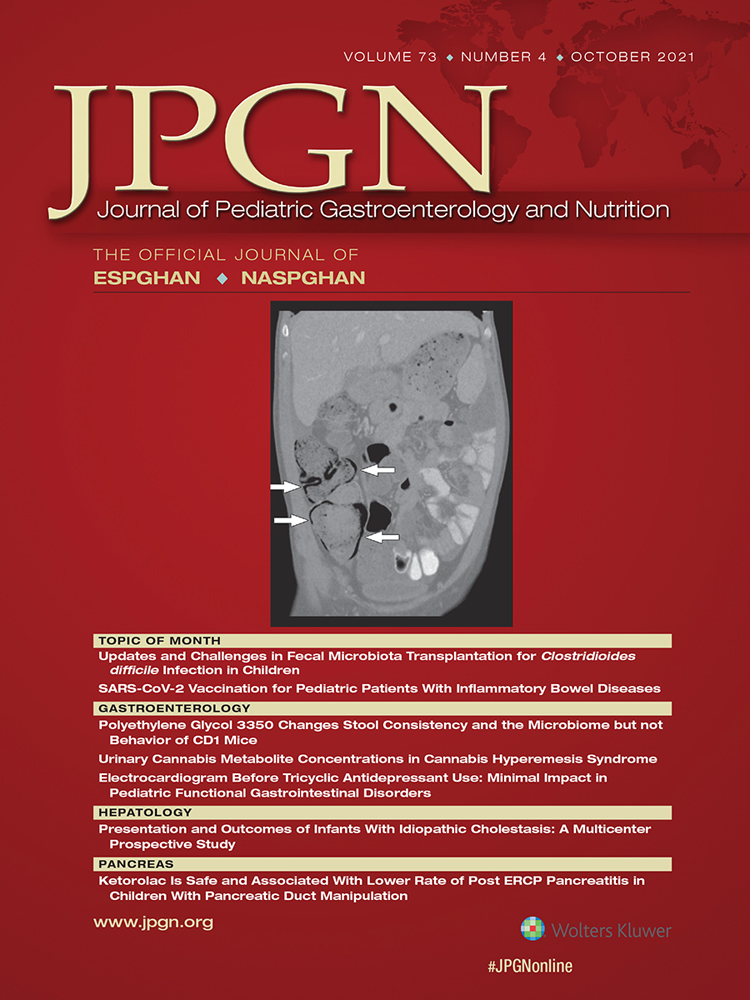Secondary Hepatic Injury in Pediatric Intensive Care
Risk Factors and Prognostic Impact
The authors report no conflicts of interest.
ABSTRACT
Objectives:
The aim of this study was to assess the profile of secondary hepatic injury (SHI), to determine risk factors and to evaluate its impact on prognosis of pediatric intensive care patients.
Methods:
An exploratory observational and retrospective study was conducted in a Pediatric Intensive Care Unit. Two groups were defined: with SHI [alanine aminotransferase (ALT) ≥100 IU/L or gamma glutamyl transpeptidase (GGT)≥100 IU/L or direct bilirubin ≥30 μmol/L] and without. SHI was divided into 3 patterns: cytolysis, cholestasis, and mixed.
Results:
SHI occurred in 16.5%, cytolysis in 5%, cholestasis in 4%, and mixed pattern in 7%. Independent risk factors for SHI were: organ dysfunction score PELOD-2 in D1 in cytolysis (n = 28); total parenteral nutrition and Pediatric Index of Mortality 3 (PIM3) in cholestasis (n = 23); sepsis, oncologic comorbidities, PIM3, and respiratory dysfunction in mixed pattern (n = 37). The ALT was an independent risk factor and a good predictor of mortality (AUC = 0.865) with a cut-off of 137 IU/L.
Conclusions:
SHI was associated with worst prognostic. ALT may be useful for detecting patients at increased risk of death, probably being a surrogate marker of the illness severity, reflecting a secondary injury.




